Traction Alopecia: Causes, Symptoms, Treatment, & Prevention
Your hairstyles and hair accessories might be hurting your hair follicles in the long run

Image: Shutterstock
Traction alopecia is gradual hair loss caused due to the frequent wearing of certain tight hairstyles. You might look pretty in a ponytail, braids, or tight buns. But repeatedly pulling on your hair leads to hair loss. Chemical relaxers, hair extensions, headgear, and hair accessories also cause traction alopecia.
However, you can reverse this condition with proper care and attention. This article explores the causes, symptoms, possible treatment options, and preventive measures for traction alopecia. Keep reading.
In This Article
What Is Traction Alopecia?
Hair that is pulled back tightly strains the hair follicles. Such constant strain can damage the follicles over time and cause itchiness and redness, eventually leading to hair fall. This condition is called traction alopecia.
An average individual loses 50 to 100 hair strands every day (1). This loss is not a matter of concern as it is replaced by new hair growth. Opting for tight hairstyles once a while does not necessarily cause traction alopecia. However, donning such hairstyles regularly can increase the risk.
Traction alopecia, in some people, starts as hair loss on the crown. The scalp starts scarring and the hair fall spreads outwards. This form of traction alopecia is called centrifugal cicatricial alopecia (CCCA) and is common in women.
 Did You Know?
Did You Know?Unlike most other hair fall conditions, traction alopecia is not genetic. Findings have established that reversing traction alopecia is possible with proper care and attention. We will explore these findings in the following section.
Key Takeaways
- Traction alopecia refers to hair loss caused by tight hairstyles.
- In addition to discomfort and stinging, traction alopecia may cause tiny bumps to form on the scalp.
- Avoiding tight buns and braids, consuming pumpkin seed oil, and using antifungal shampoos may help you recover.
What Are The Histological Findings In Traction Alopecia?
Dermatologists have conducted numerous skin biopsies on areas of traction alopecia to further understand this condition. The onset of traction alopecia is characterized by a general thinning of hair, also known as tracheomalacia. This is followed by a sudden increase in the catagen and telogen or bulb hair (3). Experts have noted the preservation of the sebaceous glands and the telogen follicles.
Several other signs of permanent traction alopecia are observed as the condition progresses. These include the gradual replacement of the terminal hair follicles by the fibrotic fibrous scars. The sebaceous gland secretion also reduces. This condition causes negligible inflammation
Causes Of Traction Alopecia
- Hairstyles
As discussed, tight ponytails, cornrows, dreadlocks, and braids are a common cause of traction alopecia. This condition is common among ballet dancers who wear tight buns for a longer duration.
 Did You Know?
Did You Know?- Hair Relaxers
Chemical hair treatments weaken hair by altering the natural structure of the hair shaft. This makes the hair more prone to traction alopecia. Over 31.7% of African women with permed hair were found to have the condition (4).
- Hair Weaves
Hair extensions involve the use of glue for attaching them to the base of the hair. This tight tying causes tension at the hair roots and may lead to traction alopecia.
- Hair Accessories
Wearing hair clips or sliders in the same manner for days at a stretch can cause this condition too. Such accessories strain the hair follicles and eventually cause hair loss.
- Headgear
Does wearing a hat cause alopecia
? Well, tight elastic headbands and helmets can also cause traction alopecia. Such headgear makes hair progressively thinner at the point of contact.
 Trivia
TriviaSymptoms Of Traction Alopecia
Most people associate traction alopecia with hair fall. While this is true, you must note that only the hair subjected to regular pull is affected. This is contrary to other forms of alopecia where multiple patches of hair fall are observed all over the head.
Other symptoms of traction alopecia include soreness and stinging of the scalp, and tiny scalp bumps resulting from the inflammation of hair follicles. A general redness of the scalp and scaling are the other common signs.
One may even observe pus-filled blisters on the scalp in extreme cases. This happens when the hair follicles are so damaged that they cannot produce new hair. Most of these symptoms appear gradually over months.
The good news is that most cases of traction alopecia have treatment options available. What are they?
Treating Traction Alopecia
The basic treatment for traction alopecia requires you to change your hairstyle to avoid a tight bun or braid. You may also go for antifungal shampoos, minoxidil, and biotin supplements after consulting a hair care specialist.
An extreme case of traction alopecia may warrant topical steroids to tackle the scalp swelling. Any infections in the open sores may need the use of prescribed antibiotics. You may also seek a hair transplant if you have lost a lot of hair due to this medical condition.
But we suggest you first consider certain home remedies that can help tackle traction alopecia (in the initial stages).
Home Remedies For Traction Alopecia
- Consume Adequate Protein and Iron: Increasing intake of dietary protein and iron may facilitate natural hair growth.
- Massage Your Scalp: Regular scalp massage helps regulate the blood flow to the hair follicles. Massaging the scalp in a circular motion for as little as 4 minutes in a day may result in thicker hair in half a year (5).
- Consume Pumpkin Seed Oil: Consuming 400 mg of pumpkin seed oil every day may increase your hair count by 40% in about 6 months (6).
- Apply Olive Oil: Research shows that applying oleuropein, a component found in olive oil, topically may lead to the stimulation of hair growth (7). Massaging the scalp with olive oil not only enhances blood circulation but also promotes hair growth. All you need to do is massage 2 tablespoons of olive oil to the scalp in gentle yet firm small circular motions, then leave it for 30 minutes or an hour before washing for enhanced hair growth. You can also leave it overnight and wash it off the next day.
- Apply Neem Oil: Anecdotal evidence indicates that gently massaging the scalp with neem oil diluted in a carrier oil may help enhance blood flow, support hair growth, and stimulate hair follicles. However, further research is needed to determine neem oil’s impact on hair growth.
These home remedies may help tackle traction alopecia in its initial stages. But what if you can actually prevent the condition in the first place?
Prevention Of Traction Alopecia
An effective way of preventing traction alopecia is avoiding high-risk hairstyles. Ideally, you should not stick to one hairstyle. Keep experimenting with different styles. Use artificial hair minimally (with a sufficient break between two subsequent uses).
Choose thick dreadlocks and braids over thin ones whenever possible. Ensure your cornrows and weaves are not too tight and there is no pressure on the hairline.
These proactive measures will keep you comfortable and also reduce the risk of traction alopecia. However, can this condition be cured?
Can Traction Alopecia Be Cured?
Traction alopecia can be cured if it is detected early and the right measures are taken on time. Over the years, the hair completely regrows. However, identifying it too late can cause irreversible damage to the hair follicles.
When To See A Doctor
An unusual reddish patch on the scalp, soreness, and itchiness are the usual first symptoms of traction alopecia. Visit a dermatologist or a trichologist if you also observe unusual hair fall around the area where a headgear meets the hair. Proactive measures on your part will allow you to seek timely treatment before it is too late.
Tight hairstyles tend to tug on your hair follicles, leading to traction alopecia. Some chemical treatments and overusing hair extensions may also cause this type of hair loss. The most common type of traction alopecia is hair loss at the crown because of hairstyles like tight buns or ponytails. The good news is that with the right hair care, you can treat and reverse this type of hair loss. You can opt for treatments with minoxidil or biotin supplements. Or, you could try home remedies, such as a scalp massage and adding certain essential nutrients to your diet. Avoid tying your hair up too often in tight hairstyles, and follow a good hair care regimen to make your hair strong and healthy.
Frequently Asked Questions
Can Rogaine fix traction alopecia?
Rogaine may help fix traction alopecia. However, consult a dermatologist before using it.
Can castor oil help treat traction alopecia?
The essential fatty acids in castor oil may help treat traction alopecia.
Is coconut oil good for traction alopecia?
Massaging your scalp with warm coconut oil may help improve hair growth and treat traction alopecia.
Is tea tree oil good for traction alopecia?
You can apply diluted tea tree oil and massage your scalp to promote hair growth and possibly treat traction alopecia.
Watch this video as it provides a detailed explanation of traction alopecia, its identifying markers, why it occurs, and its symptoms. Click play to also learn some prevention tips and potential remedies for this condition.
References
Articles on StyleCraze are backed by verified information from peer-reviewed and academic research papers, reputed organizations, research institutions, and medical associations to ensure accuracy and relevance. Read our editorial policy to learn more.
- American Academy of Dermatology: “Dermatologists can help women win the fight against common forms of hair loss.”
https://www.aad.org/public/diseases/hair-loss/treatment/tips - Traction Alopecia
https://www.ncbi.nlm.nih.gov/books/NBK470434/ - Traction alopecia: the root of the problem
https://www.ncbi.nlm.nih.gov/pmc/articles/PMC5896661/ - British Journal of Dermatology: “Hairdressing and the prevalence of scalp disease in African adults”
https://pubmed.ncbi.nlm.nih.gov/17725667/ - Standardized Scalp Massage Results in Increased Hair Thickness by Inducing Stretching Forces to Dermal Papilla Cells in the Subcutaneous Tissue
https://www.ncbi.nlm.nih.gov/pmc/articles/PMC4740347/ - Effect of Pumpkin Seed Oil on Hair Growth in Men with Androgenetic Alopecia: A Randomized, Double-Blind, Placebo-Controlled Trial Cho
https://www.ncbi.nlm.nih.gov/pmc/articles/PMC4017725/ - Topical Application of Oleuropein Induces Anagen Hair Growth in Telogen Mouse Skin
https://journals.plos.org/plosone/article?id=10.1371/journal.pone.0129578
Read full bio of Dr. Shruti Chavan
Read full bio of Annie Jangam
Read full bio of Anjali Sayee
Read full bio of Swathi E






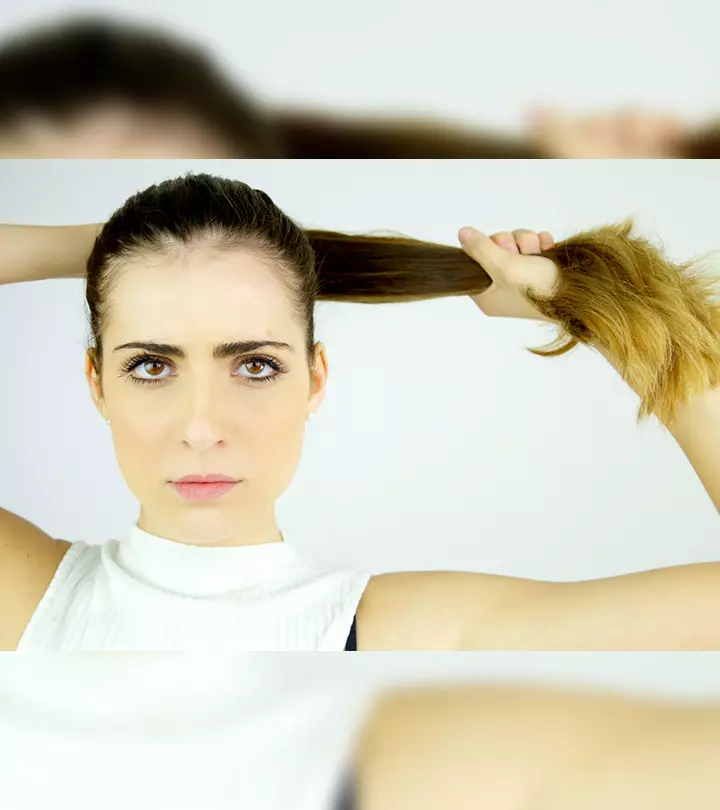

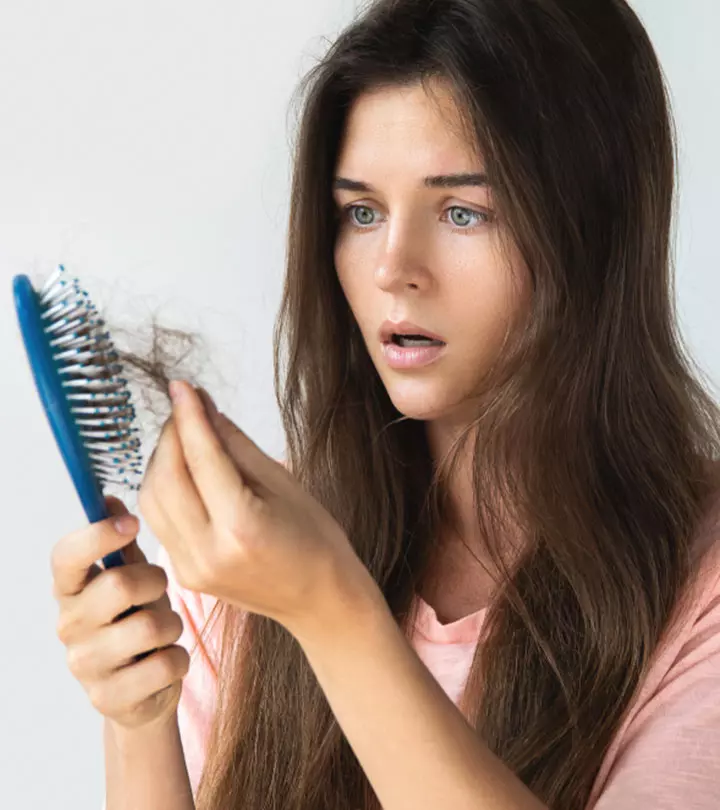
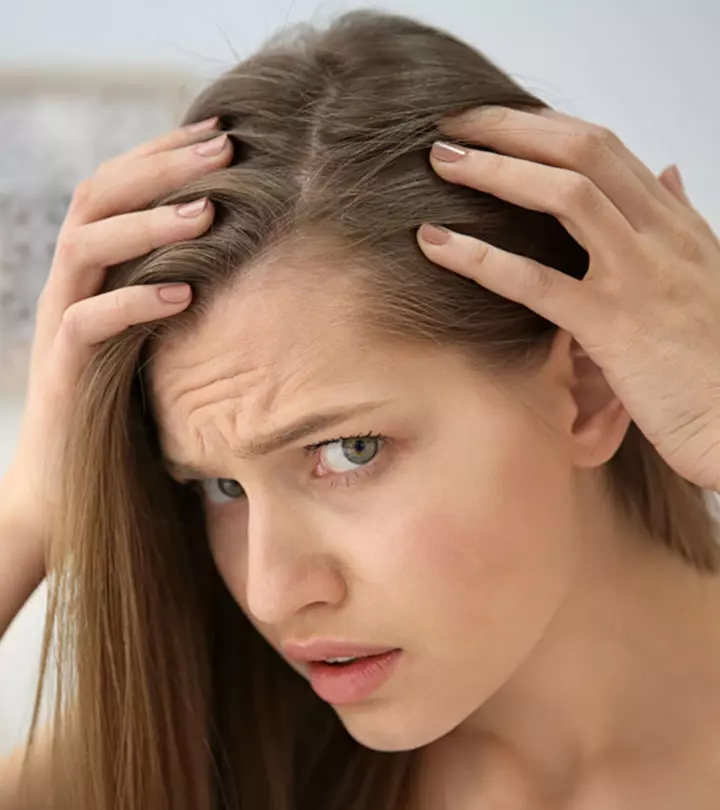
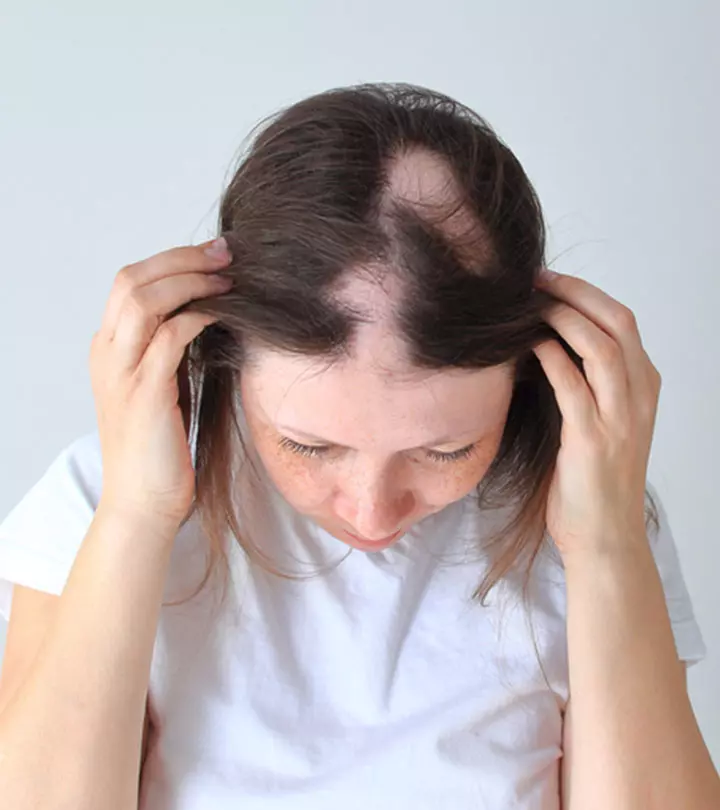
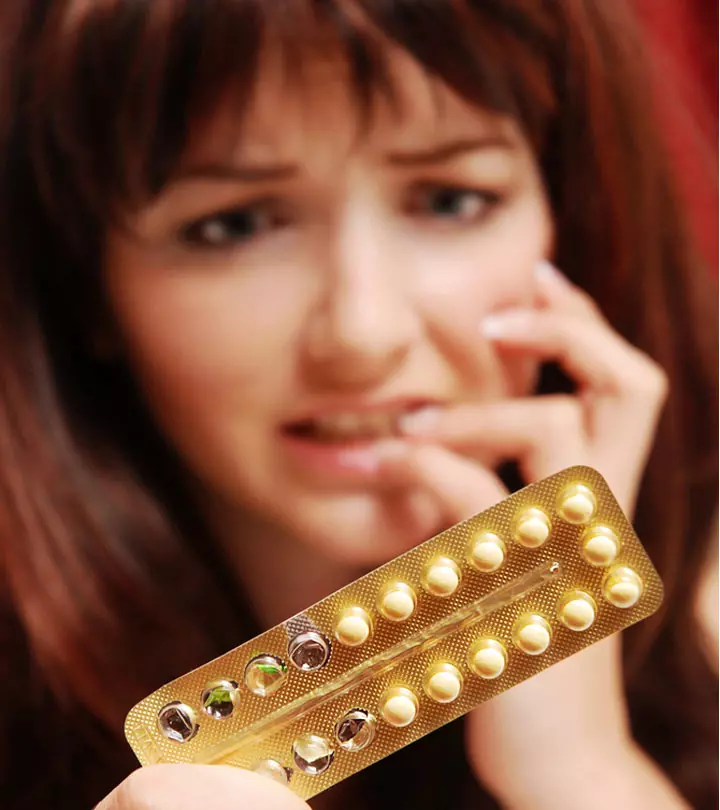
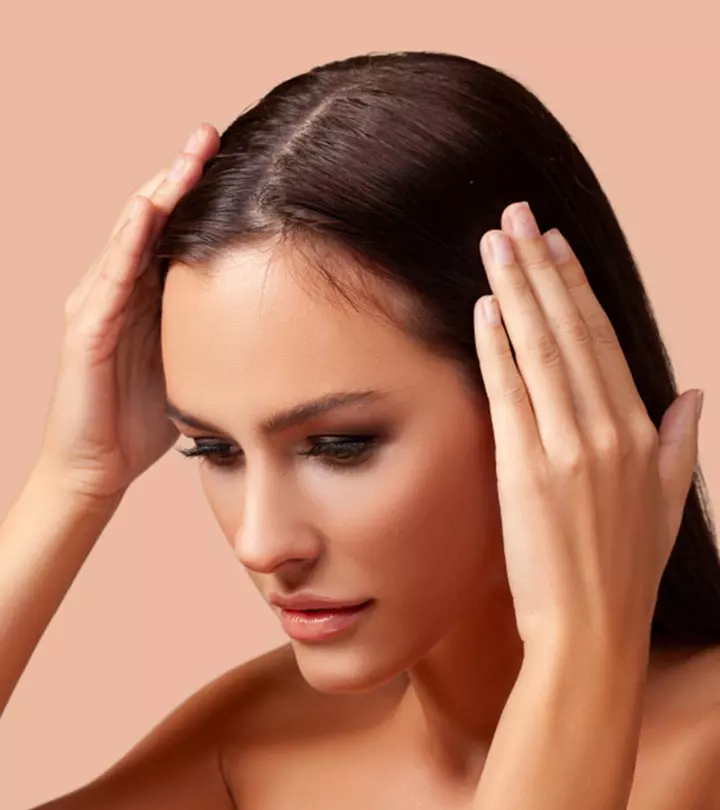
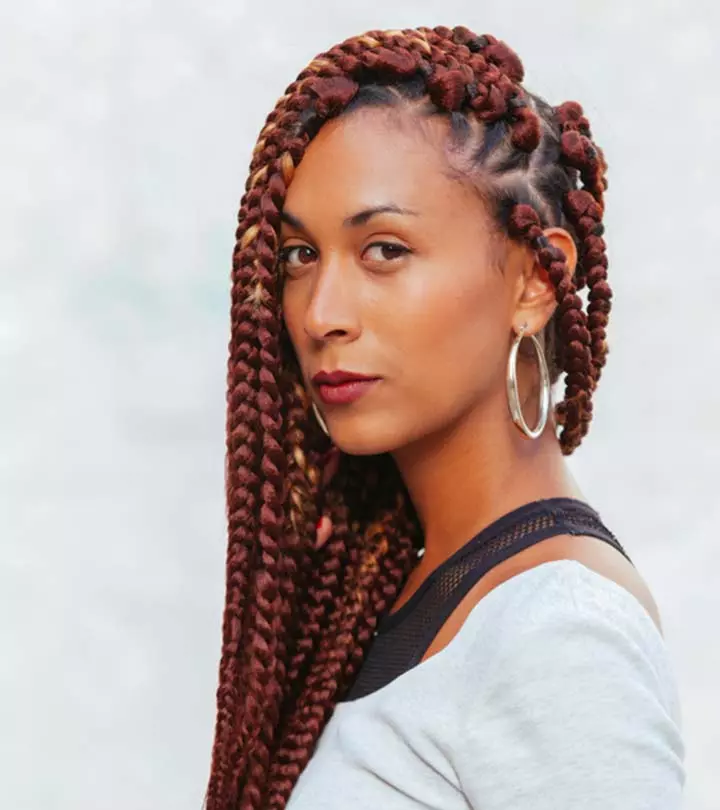
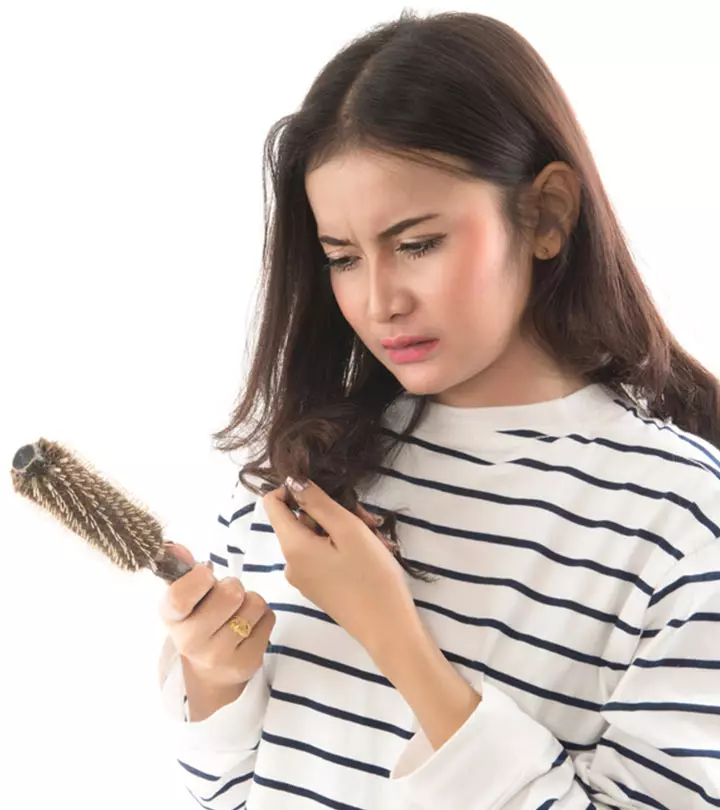
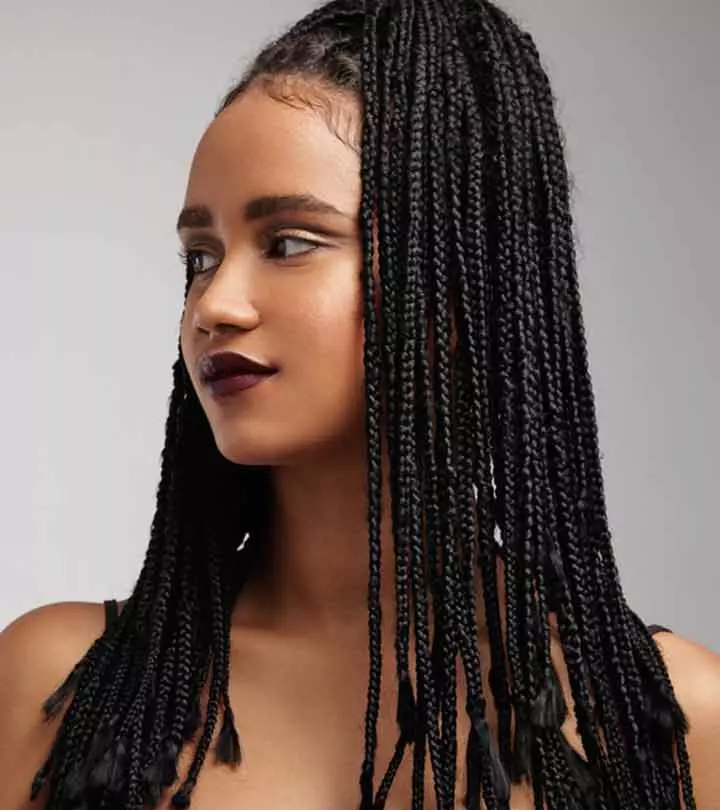
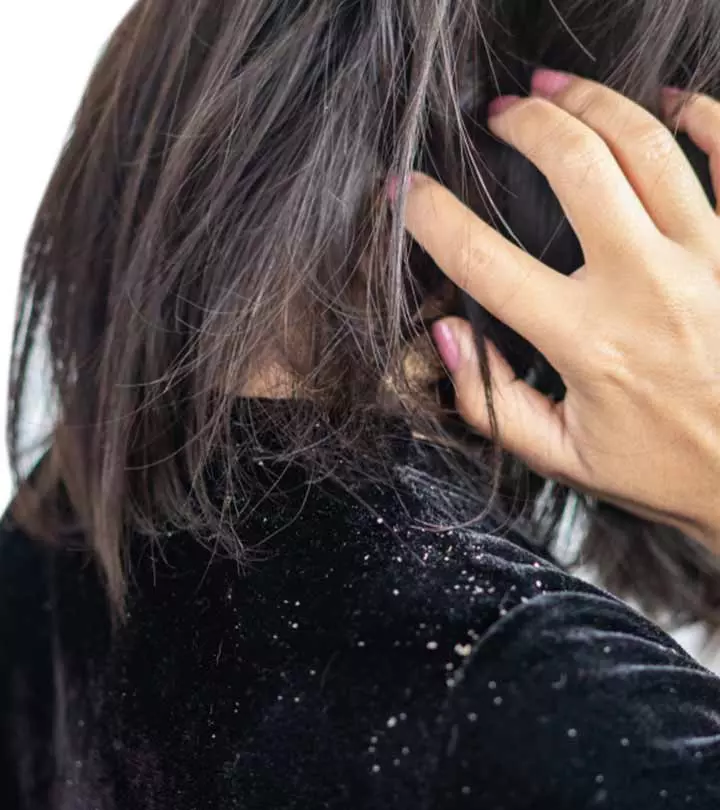
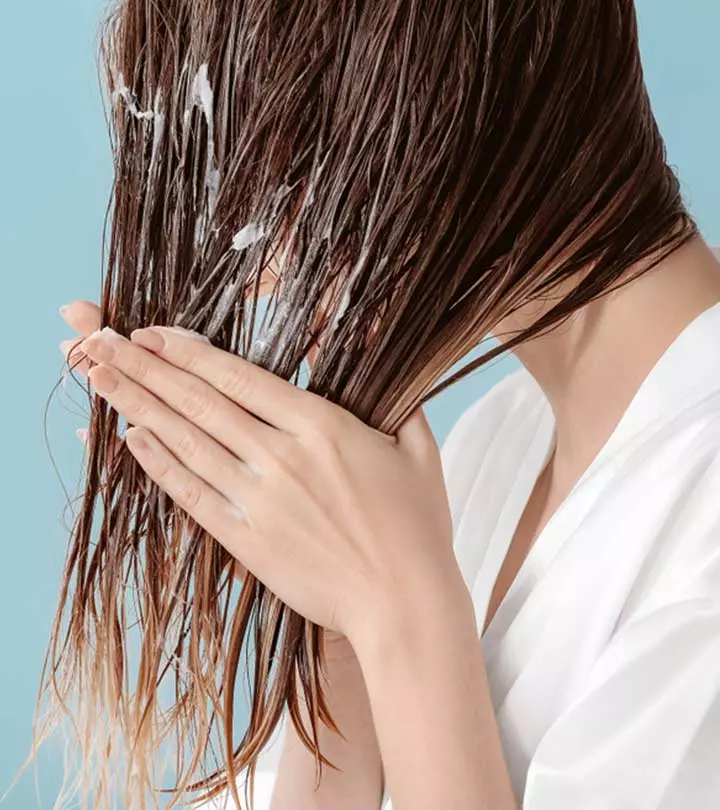
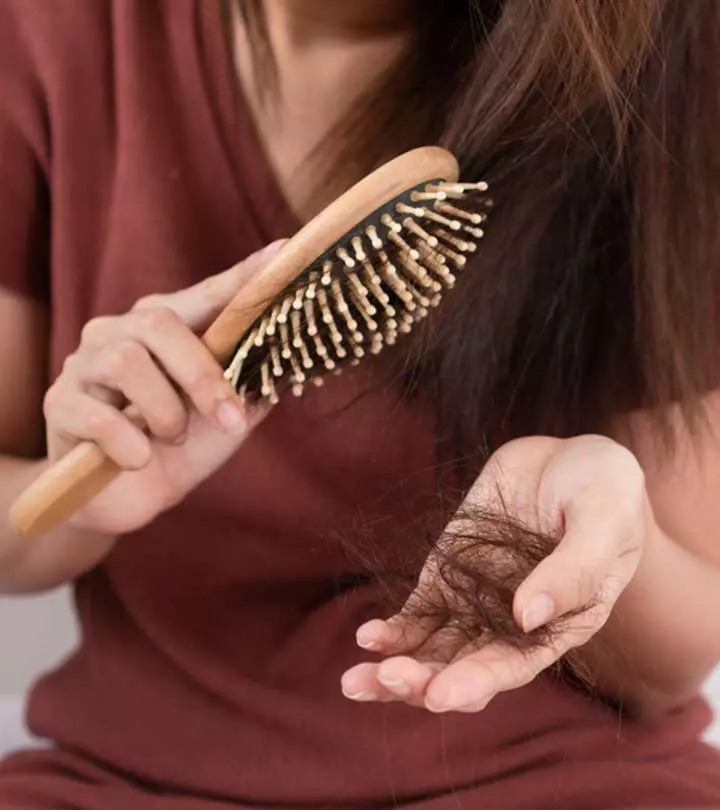
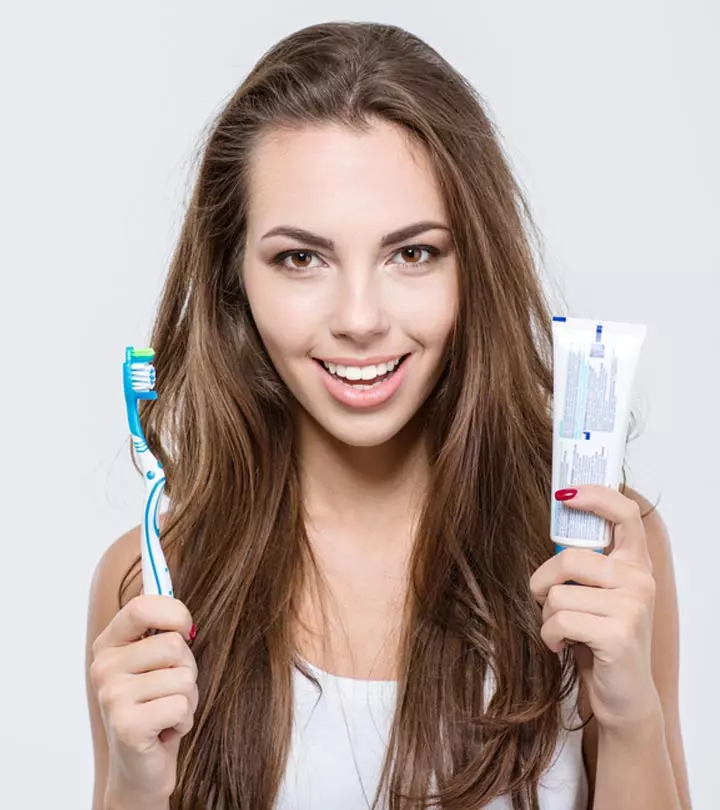
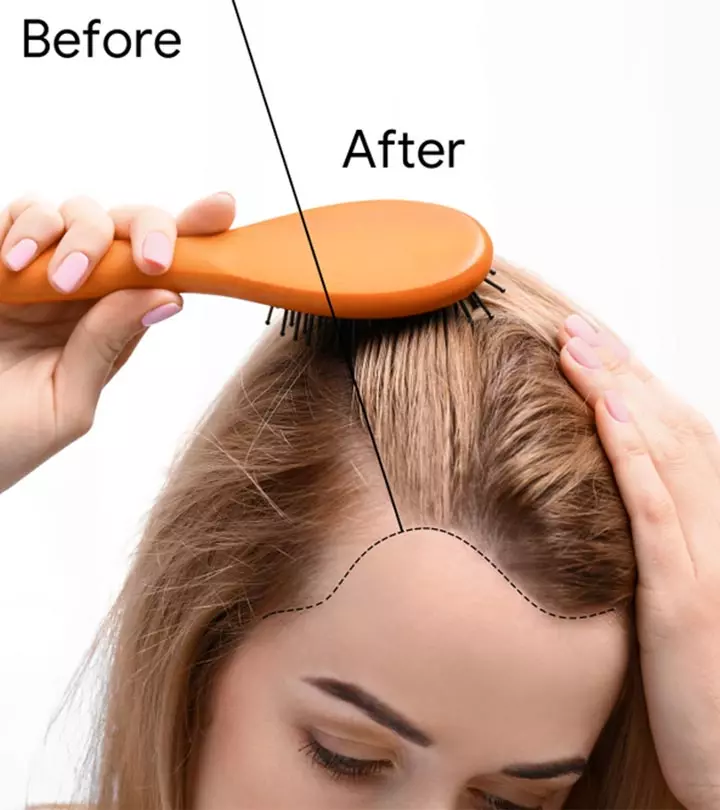
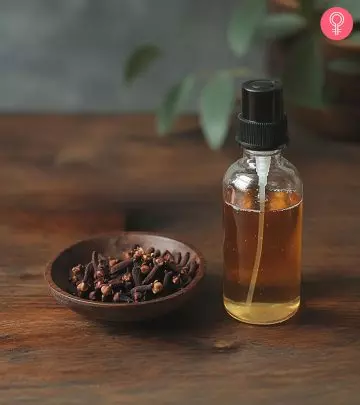
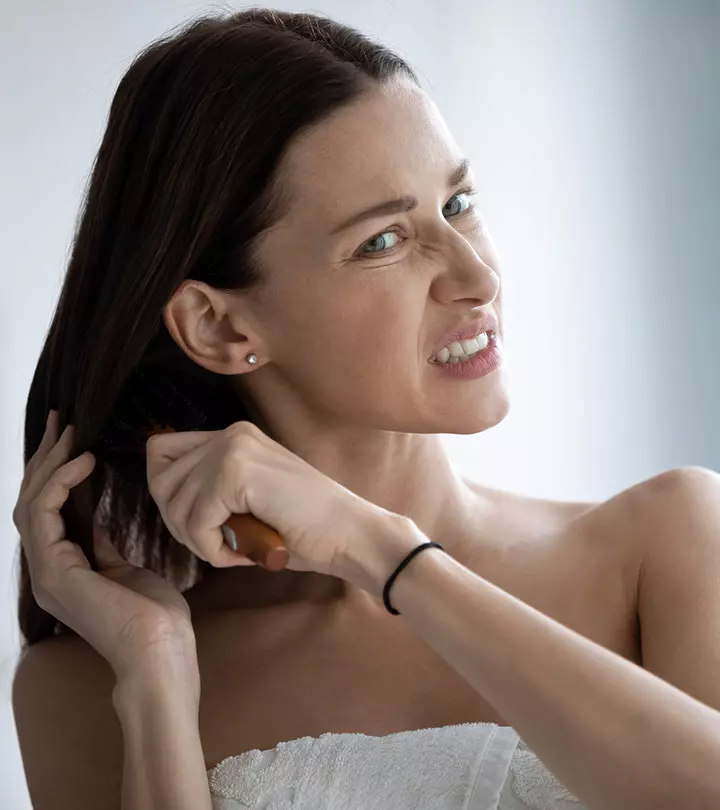
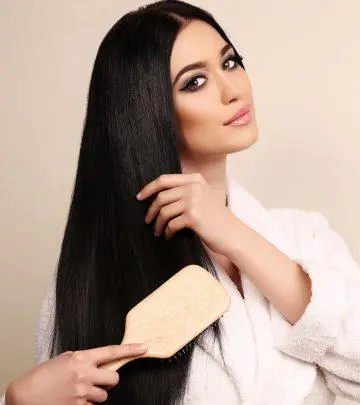

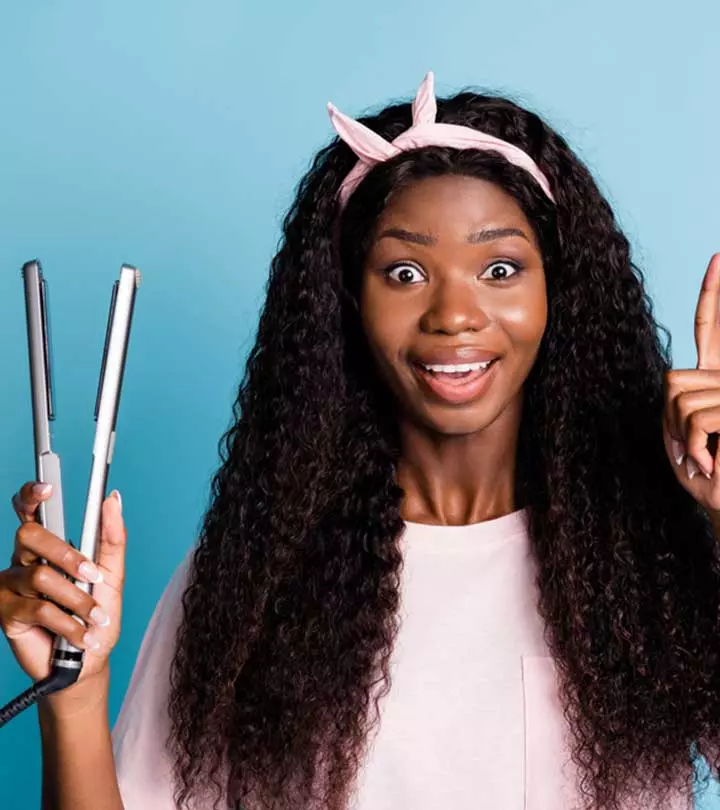

Community Experiences
Join the conversation and become a part of our empowering community! Share your stories, experiences, and insights to connect with other beauty, lifestyle, and health enthusiasts.